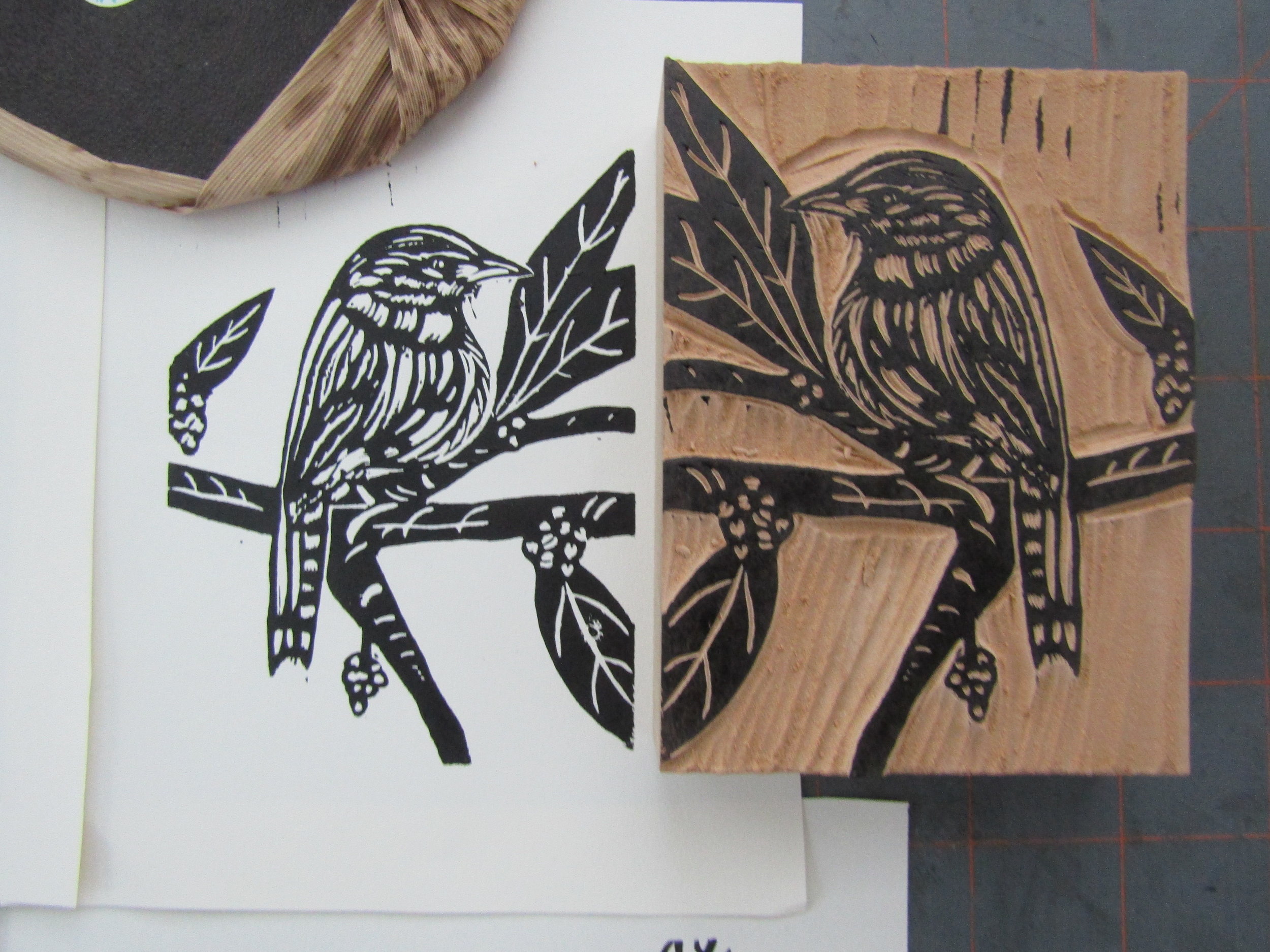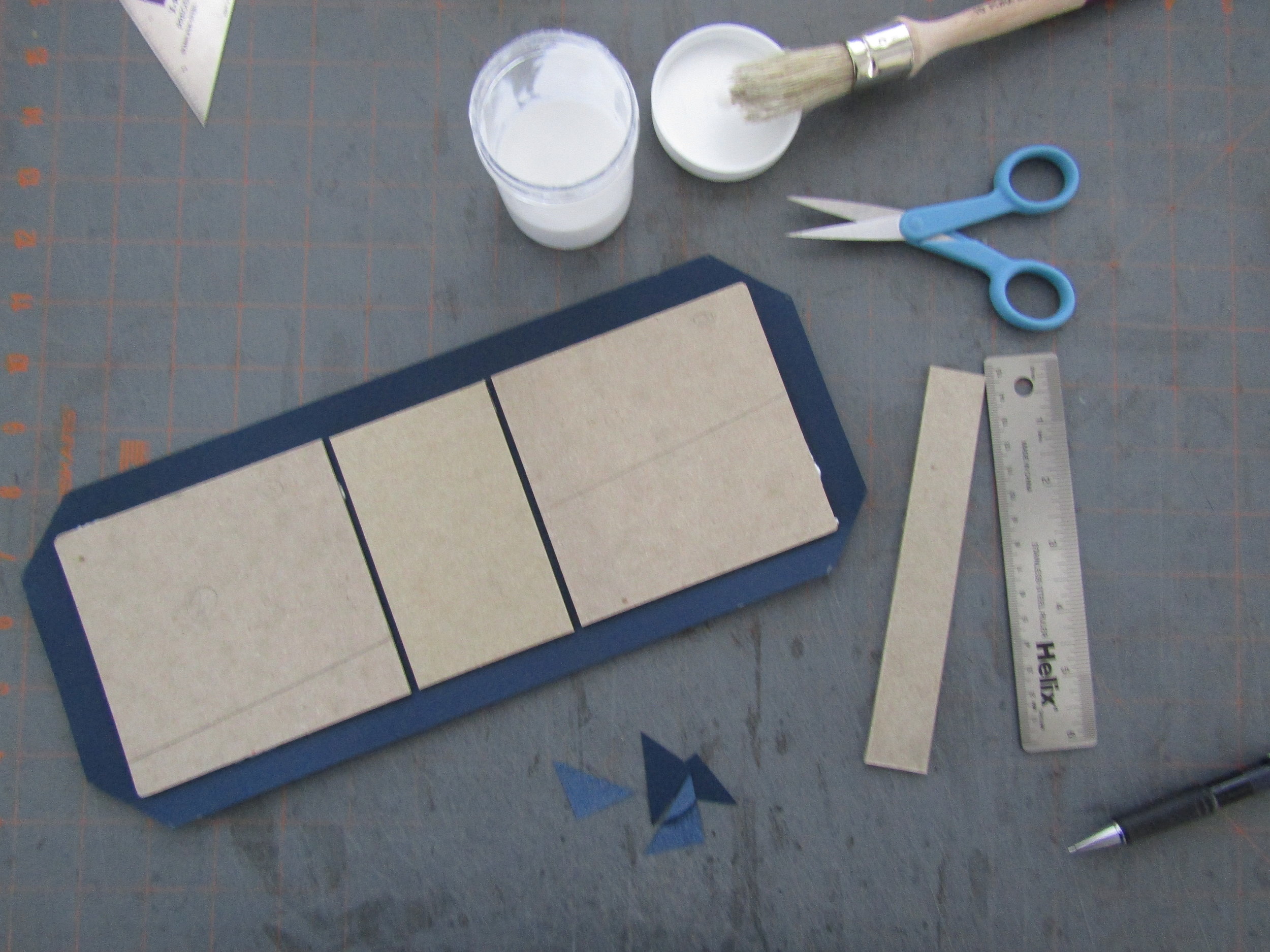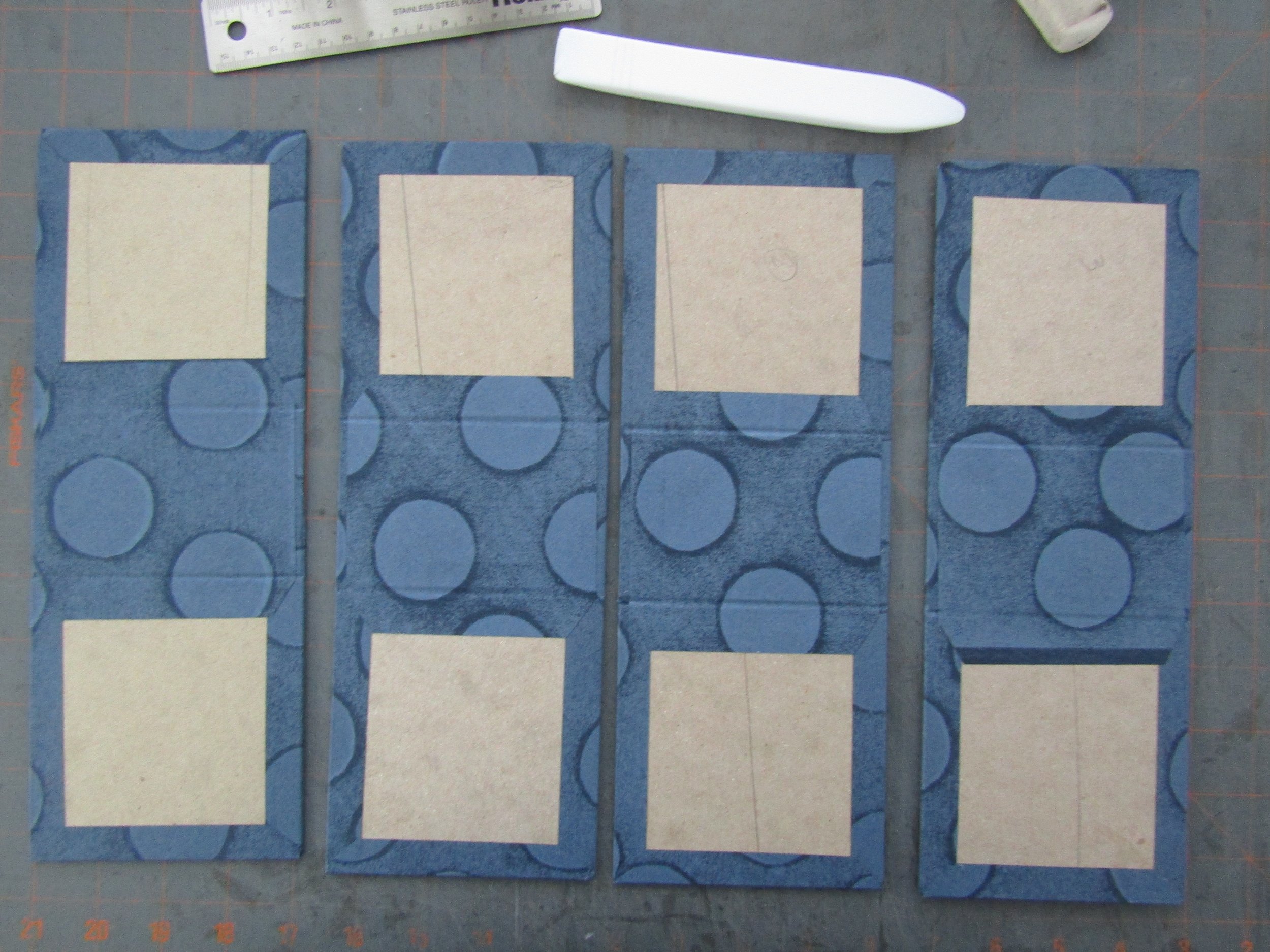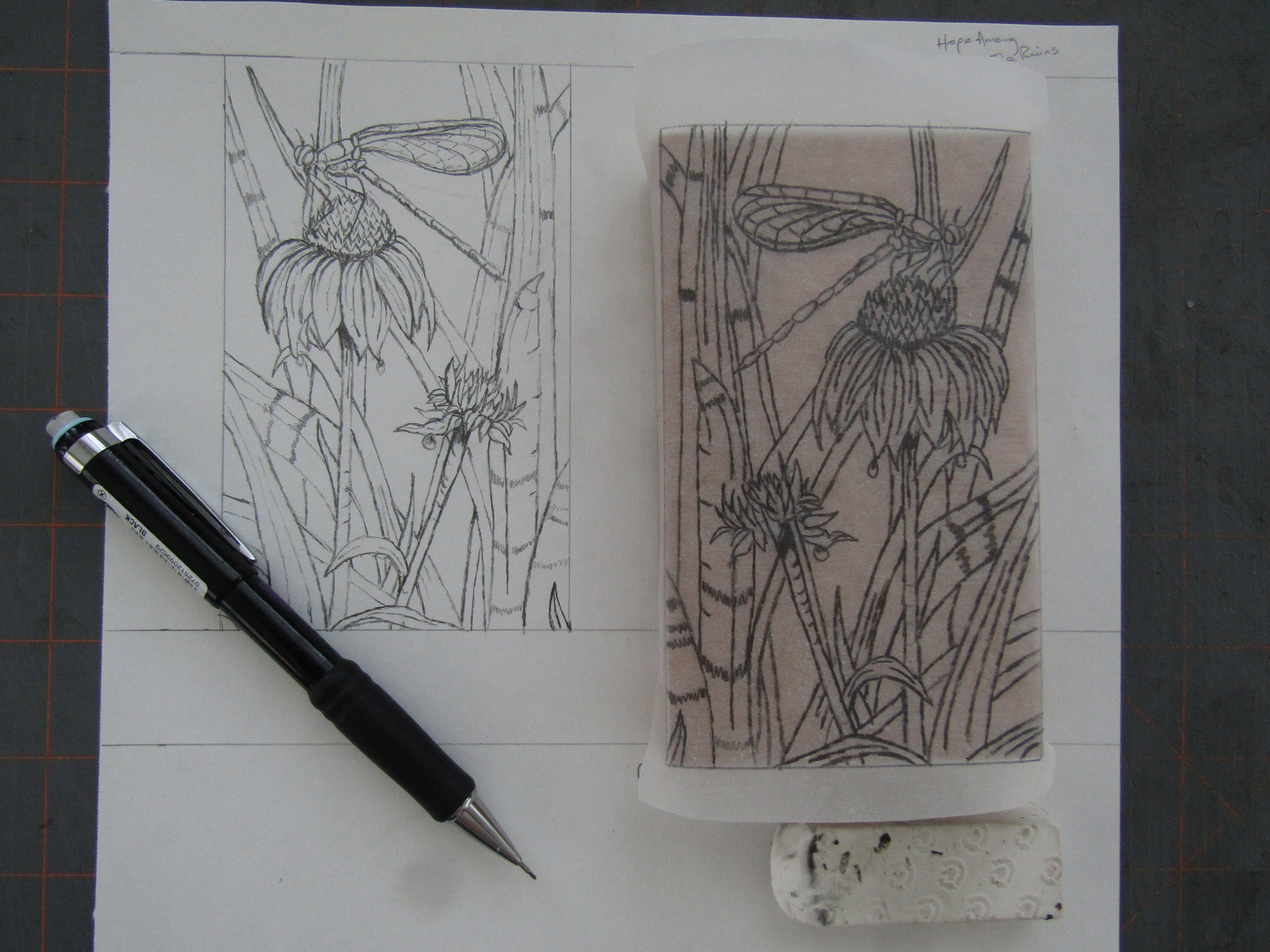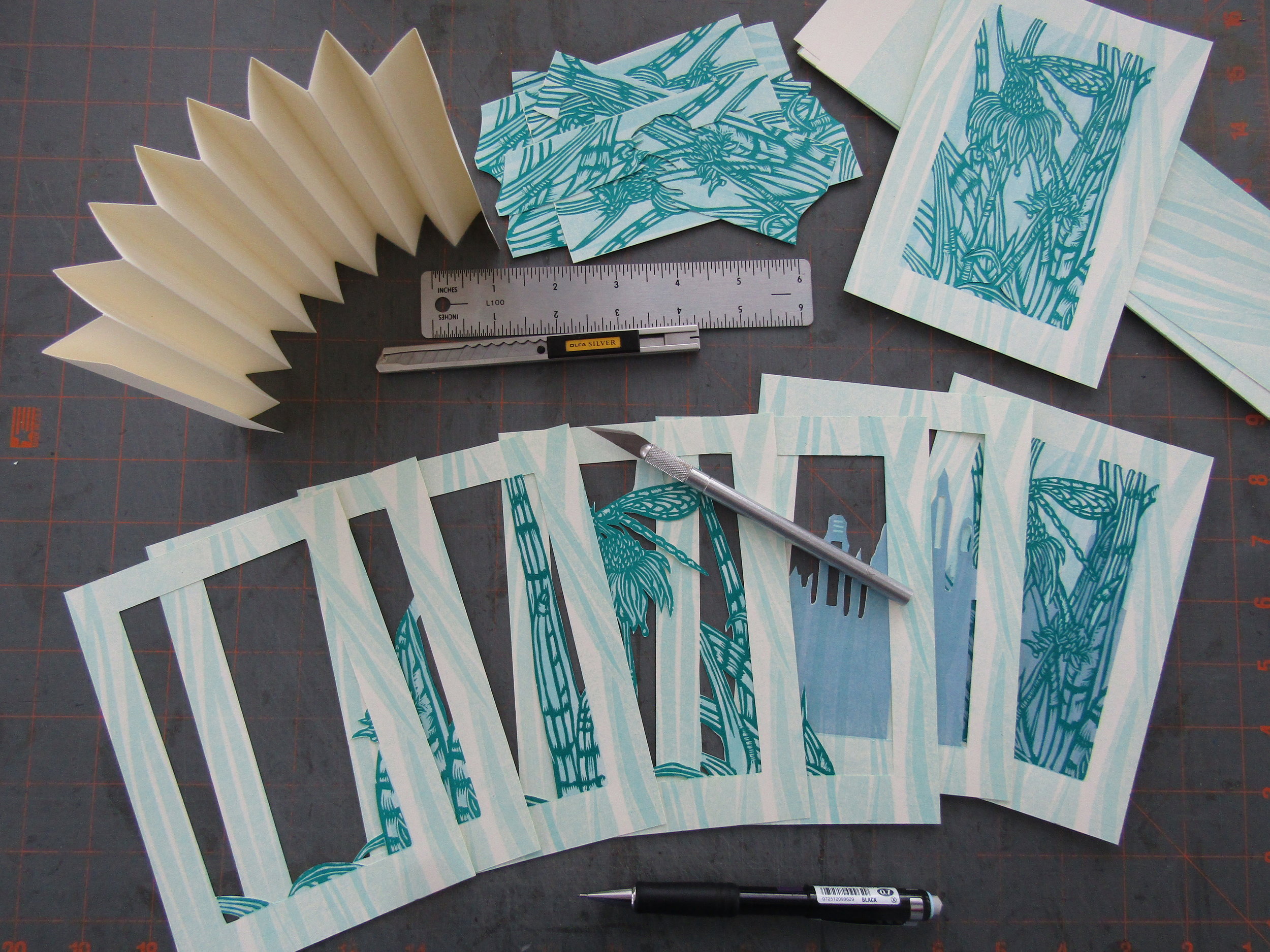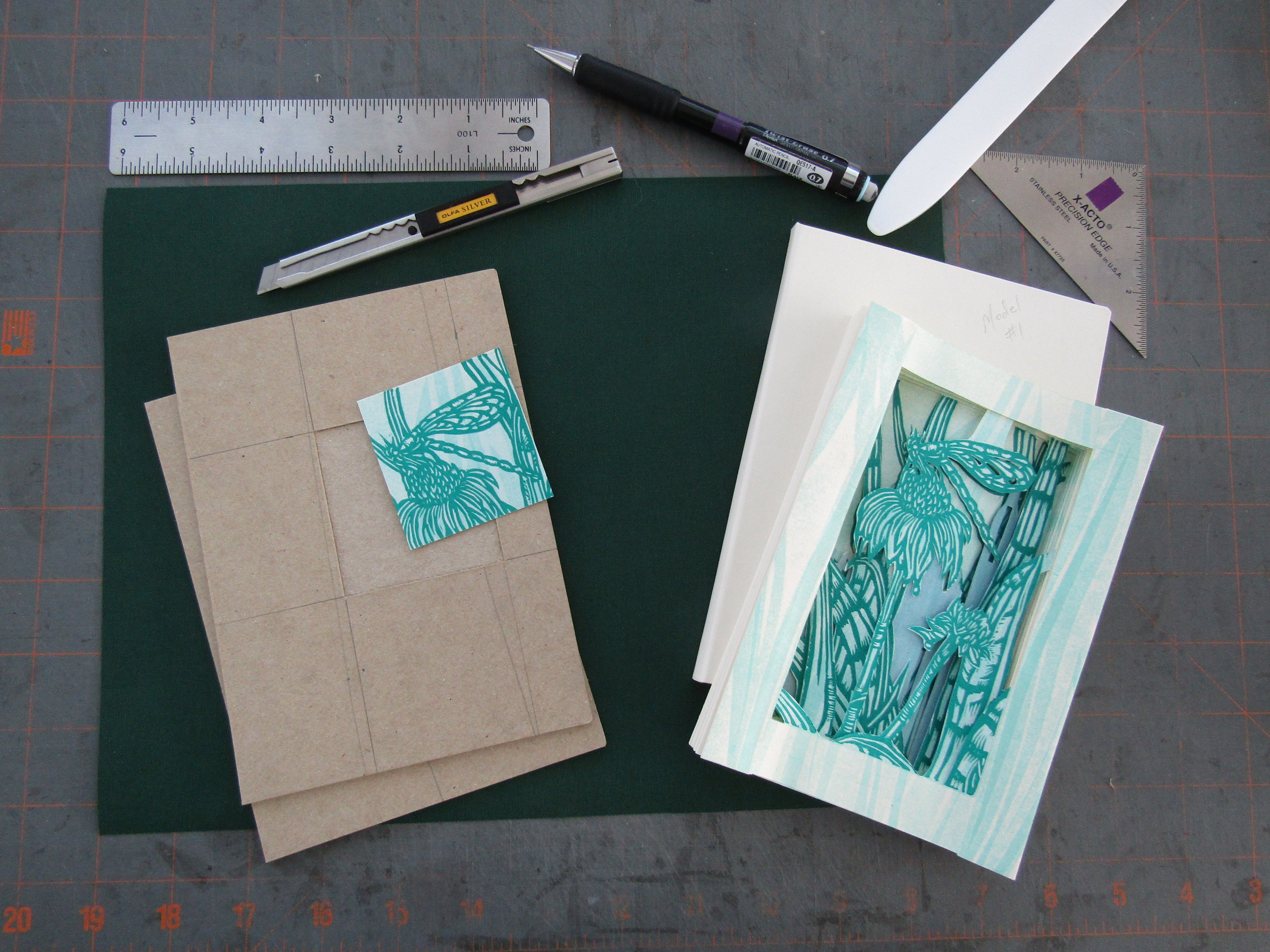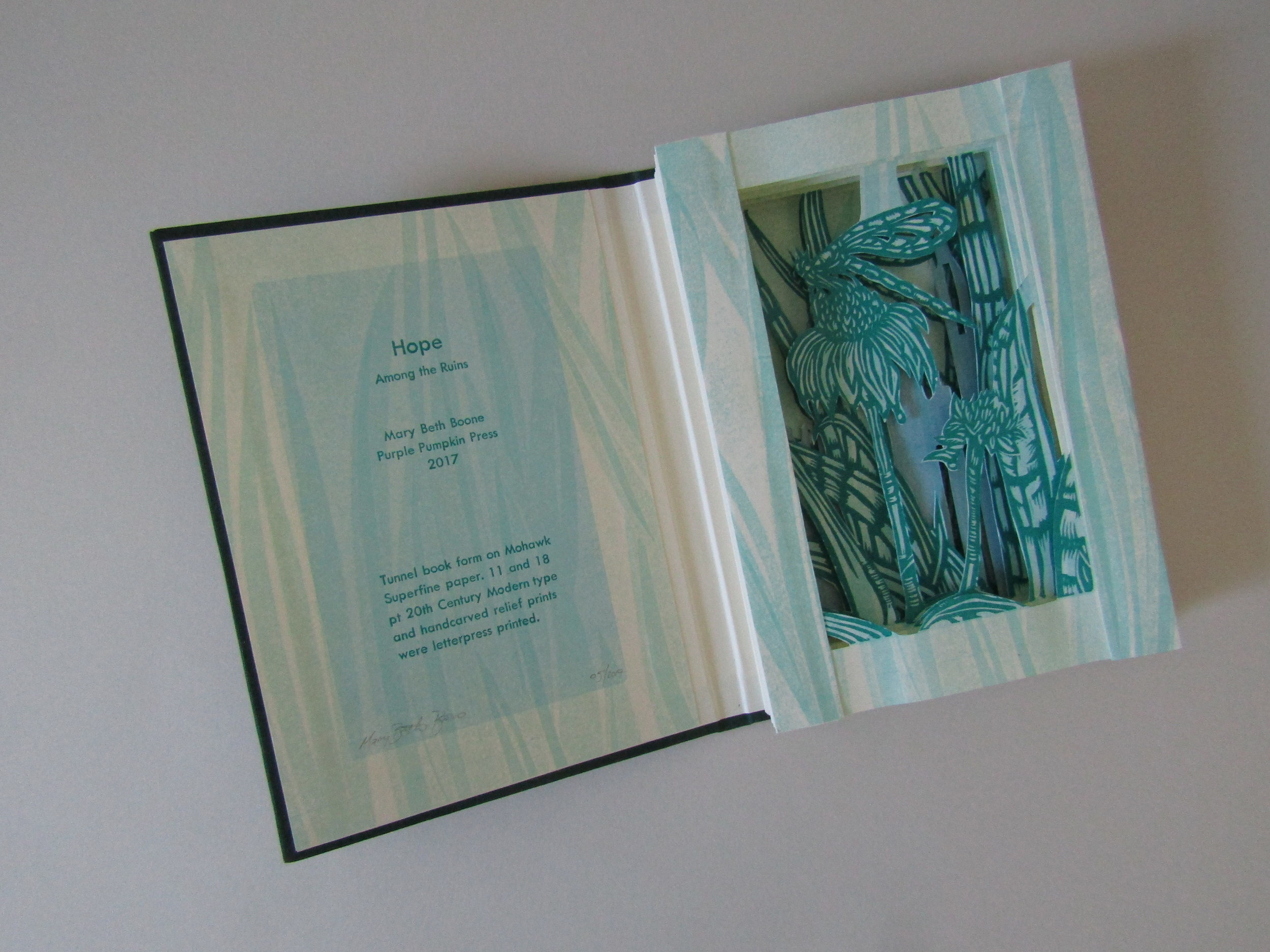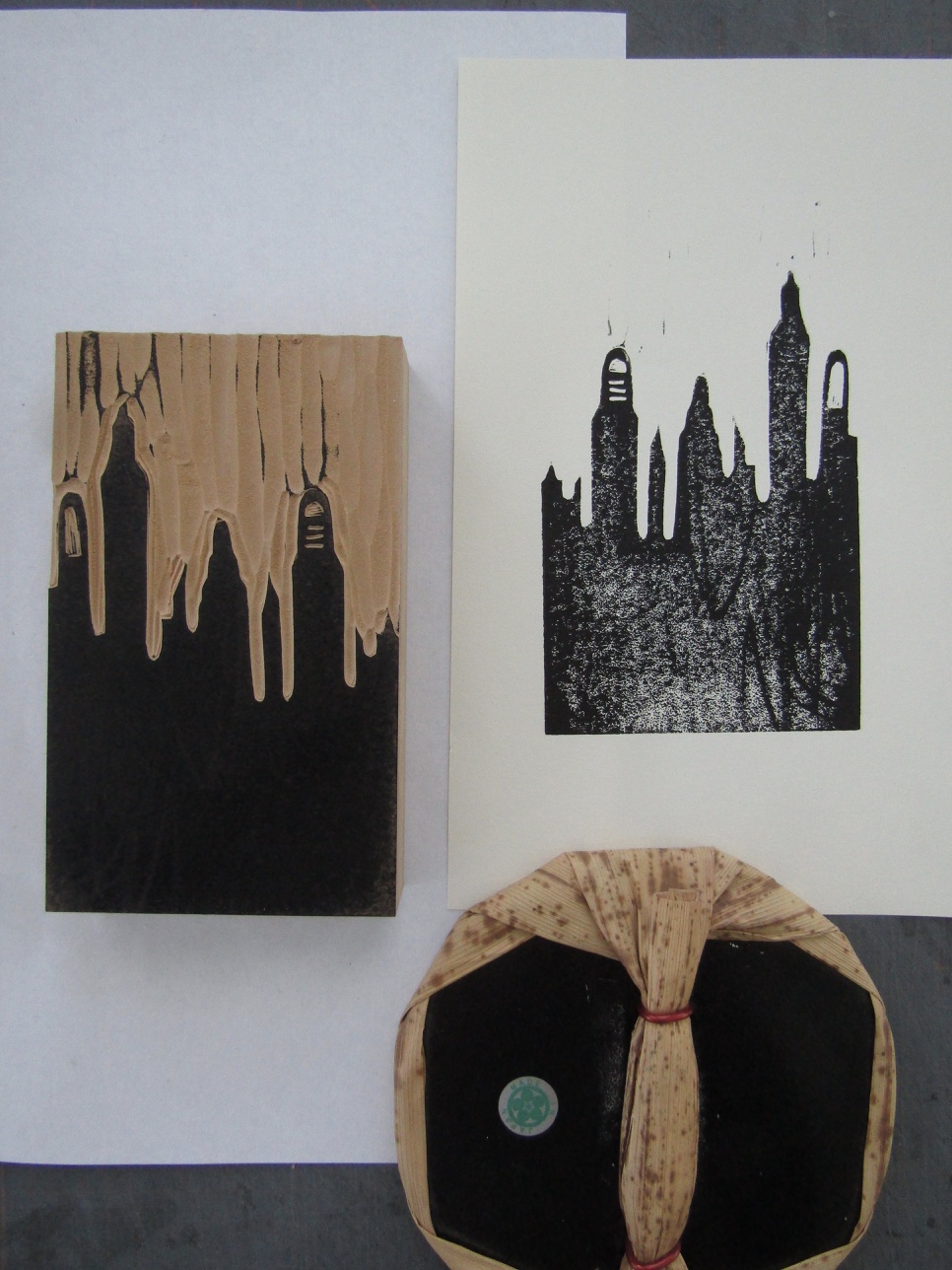The ‘fruits of our labor’; ripening blueberries. This provided the visual imagery for the card.
Proofing the block before printing cards. I was satisfied with the image. However, I needed to do a bit of carving to clean up the background. Proofing was a valuable step. It saved time once I began printing on my letterpress.
I am now printing the quote which I set in 18 point New Times Roman metal type. I was particularly satisfied with how the text and the image came together within the horizontal orientation.
I have been inspired by the poetry of Mary Oliver for many years. Her recent death prompted me to design and print a card using a quote from her writings. I sketched a blueberry sprig, which I photographed last summer in our garden. I carved a small relief block using the sketch. I then set the quote in 18 pt New Times Roman metal type. Finally, I brought the components together and printed the card. I am delighted with this tribute. Rest in peace, Mary Oliver.
Carving the relief block. Notice the sketch, which I traced. I then transferred the image onto the block from the tracing paper image. Yes, my process is very ‘old school’!
The relief block is set up on the Vandercook and printing is underway! I printed this card on chip board. This is an inexpensive paper and I like the weight, tone, and texture for cards.
I chose to print using a blue mixed from reflex blue and black ink, with a bit of trans-base.
Card edition is finished; scoring, folding, and packaging are underway.
Thank you Mary Oliver for your inspiration.













